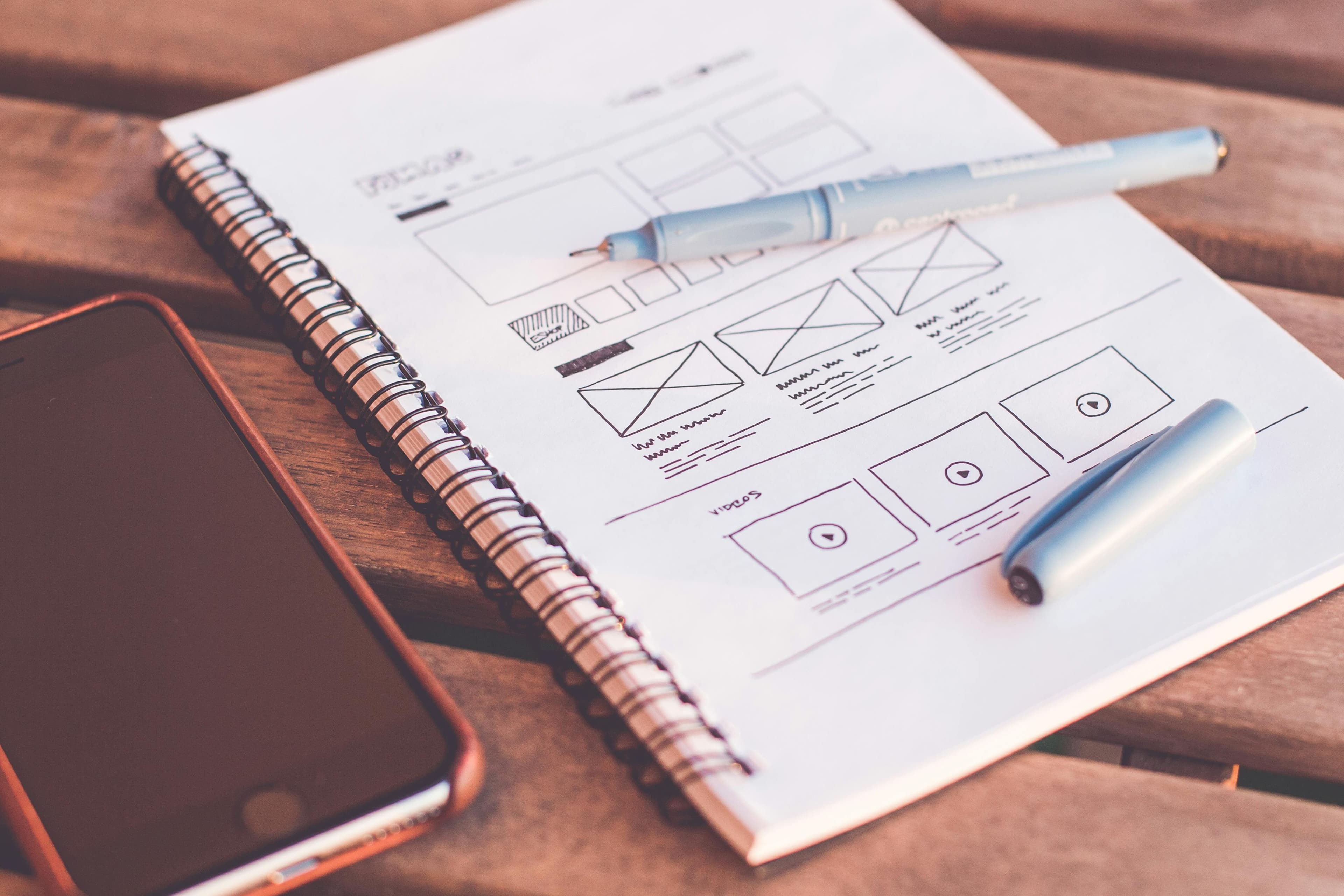Types of prototypes
Sometimes pen and paper are all you need to create and test a prototype design. But as new prototyping tools have emerged, UX designers can spin up an interactive digital prototype fairly easily. So, what prototype formats are there, and what are the pros and cons of each? Let’s find out.
Prototype testing guide: Definition & 5 key benefits
Paper prototypes
A paper prototype is what it sounds like – a prototype sketched or printed on a piece of paper.
They’re the simplest version of a prototype and can be helpful during early stage concepts to visualize and test multiple ideas quickly.
Pros:
Quick and simple to create.
Low-lift. Creating a paper prototype doesn’t require any special tools or skills – if you can sketch, you can create a paper prototype.
Cons:
If you decide to test using a paper prototype, it requires more imagination from your participants. You might have to explain ideas to participants interacting with the prototype.
You can only test paper prototypes in person, which limits your pool of testers.

Digital prototypes
A digital prototype builds an interactive experience. They’re used during the visual design phase, when you have mockups with colors, fonts, etc. as well as realistic copy, and want to see how your design works in action.
Pros:
Realistic and shows what the final product will look like.
Users can interact with the prototype themselves, which gives you more flexibility to run a remote or unmoderated test.
Cons:
Digital prototypes require a design tool, like Figma or Sketch.

Native prototypes
A native prototype involves coding a model of your app or website. This typically happens near the end of the product design process, after the visual design is ready but before development starts.
Pros:
Native prototypes look and work like a real product, and participants can test using real devices.
They’re good for usability testing. Participants can’t tell the difference between a native prototype and a real app or website, so native prototyping allows you to understand a realistic experience and gain useful feedback.
Cons:
It takes time to create a native prototype.
It requires coding skills. You need to know a programming language or involve a developer.
